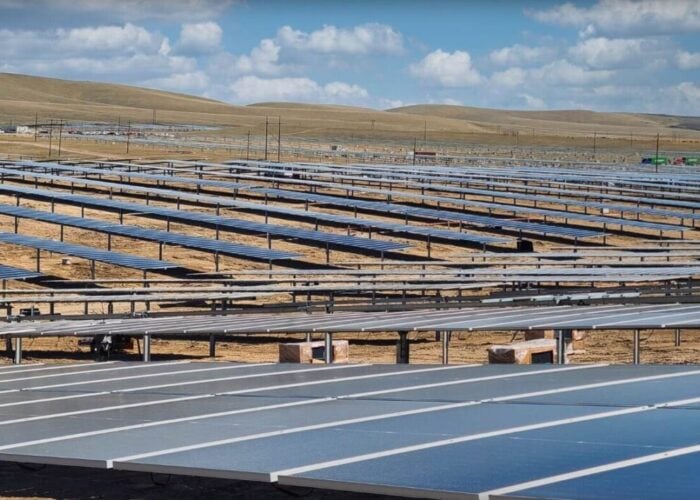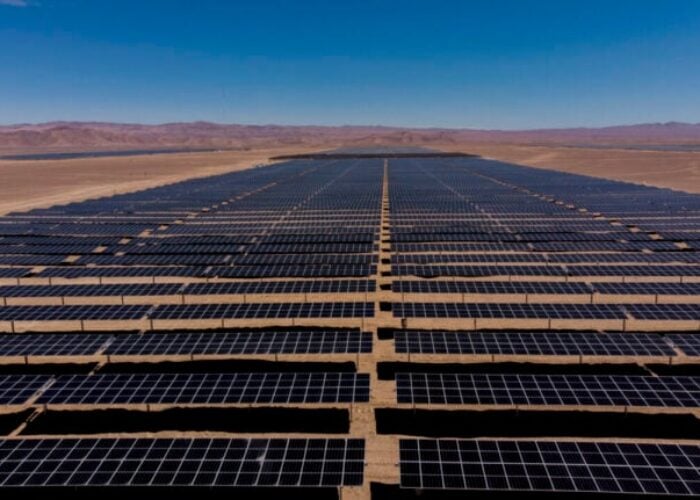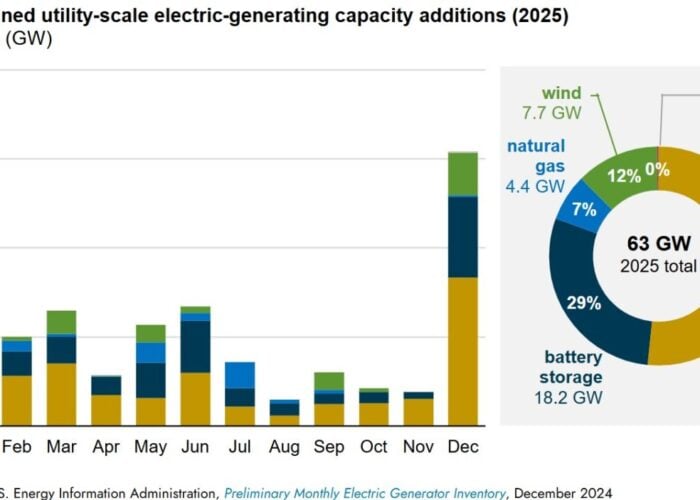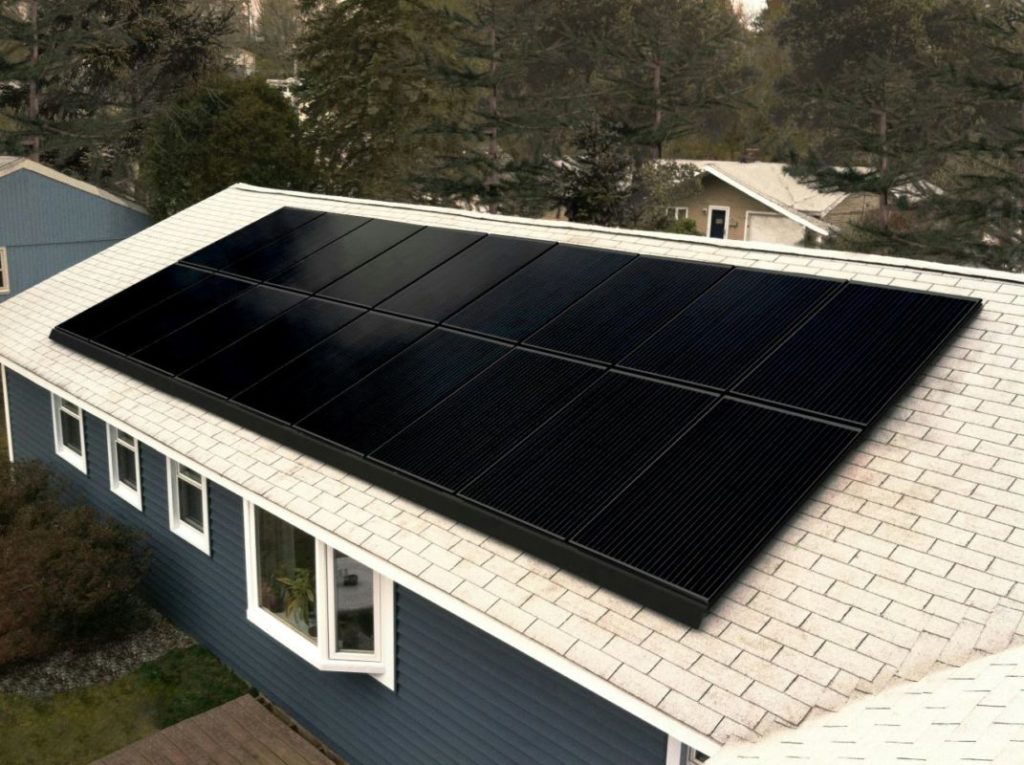
As the leading US state in installed solar capacity, California has increasingly been faced with the issue of curtailing its renewable capacity. It’s a problem that will keep growing in the coming years but could be helped by the growth in virtual power plants (VPPs).
VPPs are an aggregate of distributed energy resources that provide grid services or energy capacity. A recent report from consultancy The Brattle Group for non-profit GridLab estimated that VPPs in California could provide over 7.5GW of capacity by 2035. Although the report did not focus specifically on the interplay between VPPs and PV, VPPs, in their capacity to bring together multiple distributed energy resources, have a potentially significant role to play in addressing California’s solar curtailment issue.
Unlock unlimited access for 12 whole months of distinctive global analysis
Photovoltaics International is now included.
- Regular insight and analysis of the industry’s biggest developments
- In-depth interviews with the industry’s leading figures
- Unlimited digital access to the PV Tech Power journal catalogue
- Unlimited digital access to the Photovoltaics International journal catalogue
- Access to more than 1,000 technical papers
- Discounts on Solar Media’s portfolio of events, in-person and virtual
Or continue reading this article for free
“Virtual power plants can help with load shifting to try and avoid curtailments of rooftop solar and then improve the overall economic efficiency of the system by increasing consumption when prices are low and decreasing consumption when prices are high,” says Ryan Hledik, principal at consultancy the Brattle Group.
Helping solar PV with load shifting
California is the US’ leading solar state, with nearly 47GW of installed capacity as of the end of 2023, according to data from trade association the Solar Energy Industries Association (SEIA), and is at the forefront of both utility-scale and residential markets. Even though VPPs and utility-scale might not interconnect directly, the capabilities of VPPs could be important for utility-scale PV plants and alleviate the so-called duck curve – the graph that illustrates so clearly the timing imbalance between peak demand and solar power generation over the course of a day.
As solar capacity has grown, the duck curve in California has reached levels where the net load has reached near zero in the past couple of years, as shown in the chart below. In addition to the fact that negative prices and curtailment were also reached during the middle of the day, when demand was low, yet production was high.
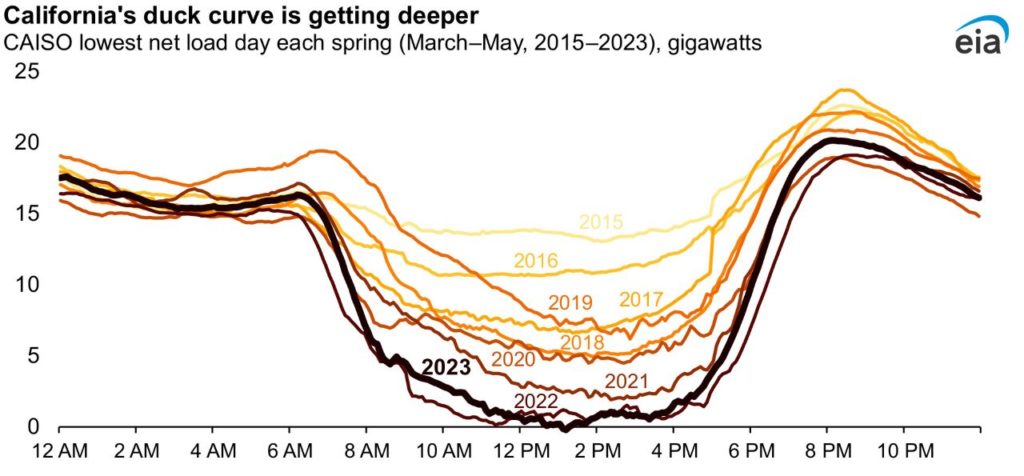
“If you’re no longer curtailing that output [for utility-scale PV], what that means is that you’ve increased the usable output from that utility-scale solar facility. And that facility can earn more money as a result,” says Hledik.
Energy storage has already been highlighted as a solution to mitigate California’s duck curve, or even in Texas’ ERCOT grid, as covered by our sister-site Energy-storage.news. VPPs could play a similar role in shifting load during the midday hours and reducing solar PV capacity being curtailed.
Not only would VPP play a role in reducing solar PV being curtailed during the day, Hledik explains that in the evening hours, as solar production dwindles and demand ramps up, VPPs – through behind-the-meter batteries, electric water heaters or, to an extent, electric vehicles – are capable of addressing that load shifting too.
Reducing installation costs
Even though solar PV installations have remained flat since the passing of the net energy metering (NEM3.0) in California, according to a recent study by Lawrence Berkeley National Lab (LBNL), storage penetration by rooftop solar users has gone up, says Hledik. “As a result of those reforms, now there’s a much stronger incentive for customers with rooftop solar, to buy a battery and then use that battery to store all of the excess solar output and consume it at other times of the day.”
Furthermore, the ongoing increase in interest rates might make it either impossible or more complicated for people to install a solar array on their rooftop and/or also add a storage battery. Incentivising people to participate in a VPP programme could reduce the costs of installing a solar array and battery storage.
“This can help us address, at least in the near term, some of the affordability concerns that are being driven in part by these higher interest rates,” adds Hledik.
This would be a win-win situation and would also encourage residential customers to participate in a demand response programme, which has been one of the challenges VPPs have been facing.
Increased demand growth from data centres
In the past couple of years, tech companies such as Microsoft, Meta and Amazon have accelerated their offtake agreements to power their ever-increasing data centre facilities. With data centres’ high electricity consumption levels, but also the buildout of domestic clean energy manufacturing, Hledik explains that VPPs could have the potential to power these without saturating the grid or requiring utilities to improve or build new transmission lines to meet the growing demand for electricity.
“One potential role of VPP, that we only capture qualitatively in our study, is the potential for sitting distributed energy resources behind the meter of these new facilities, so that they can be brought online more quickly. And some of the interconnection requirements of those facilities can be reduced,” adds Hledik.
Incentivising utilities to build VPPs
Another challenge virtual power plants are currently facing is its regulation for utilities which does not incentivise them to develop more VPPs. That is despite utilities playing a key role in helping the growth of VPPs due to their relationship with customers but also knowing the needs of the grid on the distribution system, explains Hledik.
“Today, they typically can’t earn a return on money that they’re spending on virtual power plants in the same way that they can earn a return on conventional investments in traditional power grid infrastructure.
“We really need some innovation around the regulatory model that will better align utilities’ incentives with what we’ve identified as the financial opportunity,” concludes Hledik.


